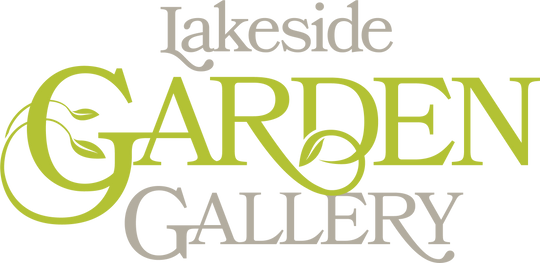A healthy garden isn’t just about plants—it’s also about the life it attracts. Adding pollinator garden plants in June can help support declining bee and butterfly populations while bringing motion and beauty to your space. Whether you’re an experienced green thumb or just getting started, creating a garden for pollinators is an easy and rewarding project.
Why Pollinators Matter
Bees, butterflies, and hummingbirds play a vital role in pollinating flowers, fruits, and vegetables. Without them, many of the foods we enjoy wouldn’t exist. By planting bee-friendly flowers, you’re supporting your local ecosystem.
7 Pollinator-Friendly Plants to Add in June:
-
Milkweed (Asclepias) – Essential for monarch butterflies, milkweed is a must-have in any pollinator garden.
-
Bee Balm (Monarda) – With bright blooms and a lovely scent, bee balm attracts bees, butterflies, and hummingbirds.
-
Black-Eyed Susan (Rudbeckia) – A tough native wildflower that blooms from June to fall.
-
Lavender – Its calming scent and nectar-rich flowers make it a favorite among pollinators.
-
Echinacea (Coneflower) – Sturdy and long-blooming, coneflowers attract bees and butterflies alike.
-
Salvia – A favorite for both pollinators and gardeners, salvia offers repeated blooms in summer heat.
-
Borage – This edible flower attracts bees and adds beauty to herb and vegetable gardens.
Creating a Pollinator-Friendly Environment
-
Avoid Pesticides: Many chemicals are harmful to bees and butterflies.
-
Provide Water: A shallow dish with stones gives pollinators a safe place to drink.
-
Plant in Clumps: Grouping the same plant together helps pollinators spot them more easily.
Even if you have limited space, container gardens can still support pollinators. Adding plants to attract butterflies isn’t just about aesthetics—it’s about giving nature a helping hand.
This June, make your garden a sanctuary for pollinators. You’ll be rewarded with beautiful blooms, thriving plants, and the joy of watching butterflies dance and bees buzz through your backyard.

